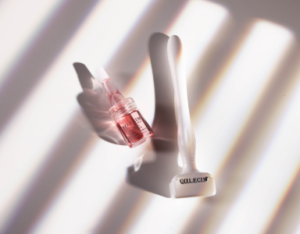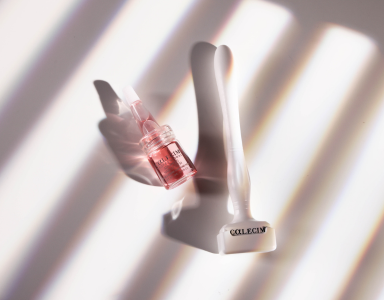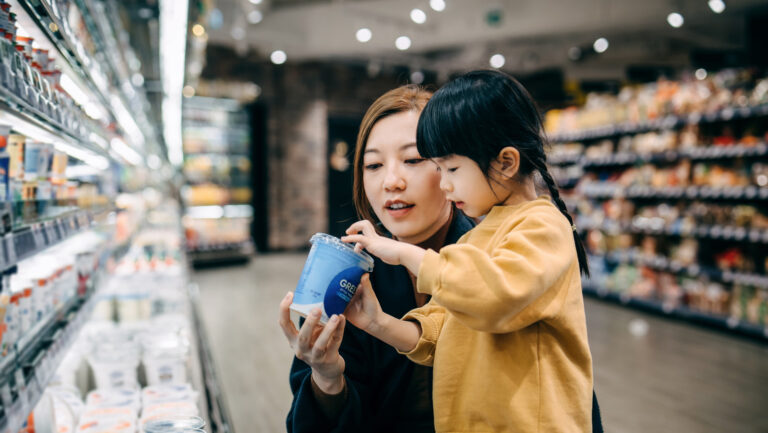Got skin patches or discoloured spots? GP Deyo Famuboni gives us an insight into why your skin pigmentation might change colour
Focusing mainly on our face and hands, we often have a wash and go policy for the rest of our skin. The skin is the largest organ in our bodies and therefore deserves to be well looked after.
skin is also fantastic at giving warning signs that something is wrong with our bodies
This not only prevents premature ageing and maintains a young, supple appearance, it is also a protective barrier from a lot of environmental toxins – higher than usual in London thanks to our air quality.
The skin is also fantastic at giving warning signs that something is wrong with our bodies. Darker spots on the skin can often occur as a result of internal changes or when we aren’t functioning optimally.
Here are common causes of this and what to do about it….
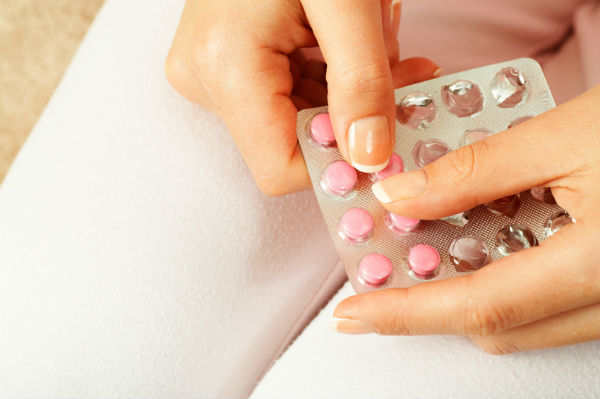
Cause #1 You are on the combined hormone contraceptive
A great invention which has transformed our lives, the pill has so many benefits including regulating periods, preventing the breakout of acne and protection from some cancers.
The hormones in contraception however, can trigger a condition called melasma, a chronic skin problem that causes brownish and blotchy facial pigmentations.
These hormones appear to contribute to the increase in production of melanin- the pigment that darkens skin.
hormones in contraception however, can trigger a condition called melasma
Unfortunately, both hormones in contraception- oestrogen and progesterone- are associated with this and it tends to persist as long as you are on the medication. It can take several years to fully resolve once it is stopped.
This is also because, the cause of melasma tends to be multifactorial- it runs in families and is more common in those with a thyroid problem – hypothyroidism.
We can sometimes be distressed by this so it is worth speaking to your health care professional about treatment options available to prevent new ones from forming. It is worth noting that it can respond very slowly to treatment.
READ MORE: Sunscreen, redness & vitamin D – 12 surprising facts about the sun and your skin

Cause #2 You are pregnant
Hormones change with pregnancy and most women find they experience a change in their complexion and skin. Previously known as ‘the mask of pregnancy’, melasma is also more common during this time and tends to resolve with one year of giving birth.
Skin tags, soft non-worrying skin growths, can also come up for the first time around the neck, armpits and groin. Because blood circulation is increased during pregnancy, you can also develop very small blood vessels within the skin that look like red spots.
Acne and its associated post inflammation darker pigment changes can initially worsen and then improve as you progress.
you can also develop very small blood vessels within the skin that look like red spots
Though best to avoid drugs in pregnancy, some topical treatments have been deemed safe to use to treat acne and include the fruit acids and azelaic acid.
Having touched on some of the skin changes during pregnancy, most tend to resolve post delivery.
Cause #3 Your alcohol intake is often above the limit
The effects of alcohol on the skin is broad- ranging, from its immediate effects such as making blood vessels on the skin (such as due to rosacea) more prominent to changes that suggest chronic damage to the internal organs from alcohol to skin cancer.
can cause our palms to go red and also darken the skin around the eyes, mouth and leg
With its effects on our livers, chronically drinking above the recommended allowance can increase the number of spider blood vessels (called spider angiomas), mainly around the upper part of our bodies. It can cause our palms to go red and also darken the skin around the eyes, mouth and legs.
We can also become deficient in vitamins and nutrients resulting in dry skin ad well as prominent hair follicles on the skin which can appear darker and rough.
Vitamin A, B, C and zinc are vital to maintaining healthy looking skin and if our digestion and liver isn’t working properly, we may not absorb them properly.
READ MORE: Melasma, freckles & SPF – 6 ways to care for your skin in time for Summer
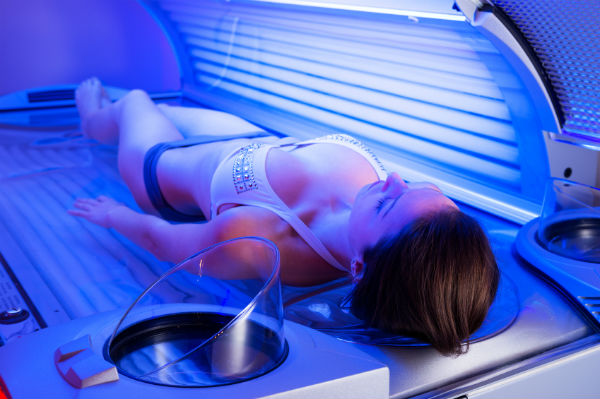
Cause #4 You sun bathe or use tanning salons often
When the sun is out in London, we cannot hide our excitement and forget sunscreen. Our faces, in particular are at risk and can age faster than it should. This is known as photo-ageing and is due to damage from three types of radiation from the sun- UVA, UVB and infrared-A.
Not only does it cause fine lines and wrinkles, it also causes increased pigment in the skin because the tanning cells (melanocytes) in the skin become over active.
This leads to freckles, lentigo (age spots), brown warty lesions (seborrheoic keratosis) which do no harm and lighter spots known as hypomelanosis (once the cells are damaged).
It is important to regularly check your skin for spots especially if you are fair skinned
If the hair follicles get affected, they can become blocked with dead skin cells and damaged protein and result in black and whiteheads (comedones) and bumps.
Skin cancer is one we worry about and as sun ages the skin, it also affects its immune system. It is important to regularly check your skin for spots especially if you are fair skinned, over 40, work outdoors or been badly sunburned before.
See your doctor if you have any growing lumps, sores that don’t heal, new spots or for a general check. Sun protection, sun screen, moisturising, eating a healthy diet and regular exercise is vital. Active people look younger!
Cause #5 You’re on medication
With its numerous benefits on pain, fever and inflammation, a common medication which is available over the counter, anti-inflammatory drugs such as ibuprofen are one of the commonest drug to cause skin side effects.
Topical preparations can cause inflammation and as it heals, pigment changes, when skin it has been applied to is exposed to the sun. Taken orally, it can also cause a widespread rash, hives, skin photosensitivity and allergies, to name a few.
Other medications including antimalarials, anti-epileptics and antipsychotics can also contribute to increased pigmentation in parts of the skin.
These changes are often harmless and usually settle over time once the medication is stopped. If you are concerned about any medication contributing to this, it is worth discussing it with your doctor prior to discontinuing the medication.
READ MORE:10 ways to protect yourself against pollution

Cause #6 You’re exposed to environmental toxins
Just as the sun contributes to premature ageing, research suggests that air pollution also has an impact on how the skin ages.
Particles in smog, smoke and air pollution are thought to create the same reaction on the skin as ultraviolet radiation from the sun. Once they get onto the skin, the end result is accelerated skin aging with wrinkles, and pigment changes on the skin.
This is particularly important in big cities such as London as the air quality tends to be worse than the countryside. Research suggests that there is more facial dyspigmentation in individuals who dwell in cities in comparison to those who live in rural areas.
A way of combating this premature agEing is to wash your face regularly and have a diet rich in antioxidants.
READ MORE: Could the new collagen diet help you lose weight and get glowing skin?

Cause #7 You’re handling aggravating food (really)
Some food and plants have certain substances in them that when we touch them and then expose ourselves to the sun, can cause a skin reaction and inflammation known as phytophotodermatitis hyperpigmentation.
This tends to occur only on the affected skin. The area can feel like a sunburn and then eventually turn brown.
The main chemical in the plant is called furoocoumarin and is found in plants such as celery, parsnips, parsley some citrus fruits such as lime and figs.
To prevent this from happening, it is best to wash your hands after handling these foods.

Deyo Famuboni is a London GP.
Like this article? Sign up to our newsletter to get more articles like this delivered straight to your inbox.









